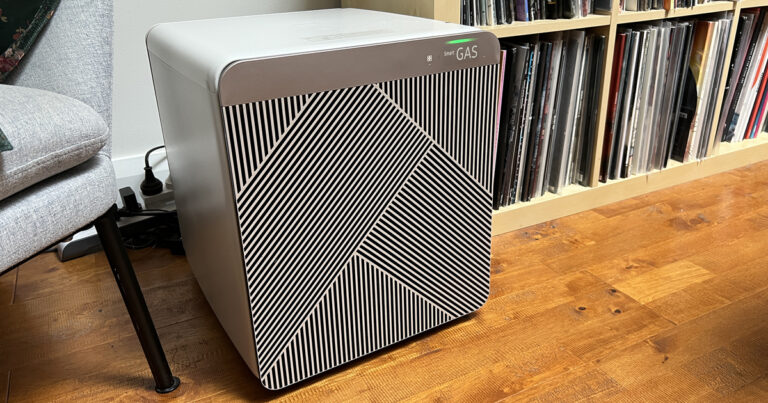Optus Mobile Review ALDI Mobile Review Amaysim Mobile Review Belong Mobile Review Circles.Life Review Vodafone Mobile Review Woolworths Mobile Review Felix Mobile Review Best iPhone Plans Best Family Mobile Plans Best Budget Smartphones Best Prepaid Plans Best SIM-Only Plans Best Plans For Kids And Teens Best Cheap Mobile Plans Telstra vs Optus Mobile Optus NBN Review Belong NBN Review Vodafone NBN Review Superloop NBN Review Aussie BB NBN Review iiNet NBN Review MyRepublic NBN Review TPG NBN Review Best NBN Satellite Plans Best NBN Alternatives Best NBN Providers Best Home Wireless Plans What is a Good NBN Speed? Test NBN Speed How to speed up your internet Optus vs Telstra Broadband ExpressVPN Review CyberGhost VPN Review NordVPN Review PureVPN Review Norton Secure VPN Review IPVanish VPN Review Windscribe VPN Review Hotspot Shield VPN Review Best cheap VPN services Best VPN for streaming Best VPNs for gaming What is a VPN? VPNs for ad-blocking Outside of the bushfire season, people typically use air purifiers to combat everyday airborne allergens and toxins. Pet dander, pollen, and dust are just a few examples of nasty particles that can cause you grief. A good air purifier will filter out all that and more if you know which questions to ask before purchasing. How much coverage do you need? Some are suited to smaller bedrooms but spend a little more money, and you could get something with enough grunt to cover an entire apartment or office. Are features like scheduling and smart home compatibility important to you? Does the air purifier in your shopping cart have True HEPA filtering? And how much will you need to spend on filter replacements? (and how often?). We’ve taken all of these questions into consideration when reviewing some of the best air purifiers you can purchase in Australia. Not only is it a generous price (with HEPA filter replacements costing $59.95 each) but it’s also one of the quietest and covers more ground than some more expensive air purifiers. It might not offer a PM2.5 readout (important for monitoring smoke levels) like some pricier models, and there are no scheduling or app monitoring features but it does offer a general air quality indicator with a simple colour-coded readout (red’s bad, purple is unhealthy but getting better, blue-violet is almost there and blue is fine and dandy). WiFi connectivity and companion apps are important features, but smarter features fetch a higher price tag. The Philips Series 1000 does everything a reliable air purifier should do at a friendlier price than most. It’s not easy to find a true HEPA air purifier in this price range, and it’s simple colour-based air quality indicator will suit many just fine. The Samsung AX5500 ticks all the right boxes for a connected air purifier (True HEPA filtering with PM10, PM2.5 and PM1.0 readouts), but its user-friendly app and smart home capabilities (like Google Home and Samsung SmartThings support) give it the edge over a lot of the competition. There are some missed opportunities to educate users on what all those figures in the app mean but we still appreciate the extra data. The Samsung AX5500’s biggest downfall is its price tag (especially considering its unremarkable 60m2 coverage) but for some, the added comfort of remote monitoring and smart scheduling will make the higher price tag worth it. If you’re looking to clear out some tech clutter, and get the most out of your applianced then it is hard to go past the Air Performer 7000. Our reviewer found that the device outperforms two fans, adequately cools down large spaces, and gets in to every nook and cranny with the 350 degree rotation. On the air purification front, the detailed reports in the accompanying app look at PM2.5 readout, temperature, and humidity both internally and outdoors locally. Already equipped with smarts like scheduling, and trends from the sensors, the device is only going to get smarter. AI functionality is soon to be released, allowing the Air Performer 7000 to automatically adapt to the environment based on outdoor data, room size, and behavioural patterns. We’re already impressed, but check back in later to see how the AI features hold up. Dyson also means it when it says this is a ‘personal purifying fan’ and the 70-degree oscillation arc will make sure it’s you and you only copping its cool breeze. If that’s likely to cause a bit of drama around who gets the Dyson and on what days, you might be better off investing in something with a more generous airflow. It certainly does the job when it comes to air purification, but there are plenty of cheaper options you can pick from. Do you care about how your air purifier looks, and are you willing to spend more to buy one that bucks trends? If so, the AX53 could be right up your alley. If a manufacturer wasn’t transparent enough with its testing and filtering efficiency, they were removed from the list. We also removed all products that used meaningless marketing jargon, such as ‘HEPA-type’, ‘HEPA-like’ and any ‘Permanent HEPA’ brand that didn’t require filter replacements. Manufacturers also lost marks if they didn’t specify coverage size (an important consideration). Air purifiers that were transparent about their PM2.5 filtering and CADR (clean air delivery rate) were also given bonus points. We disregarded any product where there was a conflict of information (e.g. products that make simultaneous claims of ‘HEPA’ and ‘EPA’ filtering or mixed messaging on coverage). We’ve also removed products that aren’t currently available in Australia, such as the Rabbit Air MinusA2. Lastly, we removed manufacturers that didn’t provide enough information about replacement filters. For example, the TruSens range, which is stocked by JB HI-FI doesn’t list any information on filter replacement pricing and when we got in touch with the customer care centre, we were told to get in touch with a local reseller. JB HI-FI also doesn’t stock replacement filters on its website. Overall, that left us with a small list of options for air purifiers available in Australia. HEPA filters can catch particles as small as 0.3 micrometres with 99.97% efficiency, which covers most airborne toxins and allergens. They will do a reasonable job of catching larger nasties too. However, for the most efficient filtering of smoke particles (measuring at 2.5 micrometres or PM2.5), a combination of HEPA and pre-filtering is most efficient. For example, the Philips and Samsung range of purifiers use an Active Carbon pre-filter that can catch gases and other TVOCS (Total Volatile Organic Compounds). Some air purifiers (such as Samsung’s AX5500 Air Purifier), are even specifically designed to give you a PM2.5 readout so you can tell exactly how much smoke’s managed to creep its way into your house. Air purifiers are not a panacea for all your air pollutant problems and for people living with allergies or respiratory conditions like asthma, the 0.03% of particles that slip through can do some damage. Read on for more tips on keeping your house allergen and smoke-free. HEPA filters are also commonly used in high-quality vacuum cleaners for the same purposes, trapping finer particles instead of kicking them into the air. There are plenty of air purifier solutions that claim to have HEPA-graded filtering. However, since there is no regulatory authority that monitors the claims made by air purifier manufacturers. This makes buying an efficient air purifier difficult as many domestic solutions use “HEPA-like” filters that don’t adhere to the medical grading system. Others claim to use HEPA grade filtering but fail to offer more crucial information, like the filtering efficiency and coverage. Others simply don’t offer any kind of pre-filtering for larger particles such as smoke. This is especially pertinent if you’re using an air purifier for medical purposes. Washing a filter could put you at risk. If the indicator on your air purifier is telling you it’s time for a replacement and you don’t have a spare filter on hand, you can try cleaning the air purity sensor with a cotton tip or, if you must, giving the filter a light vacuum with a soft brush head. Certain brands have set (and publicly available) sustainability goals. For example, most Philips air purifiers are made with over 90% recycled materials.
Avoid “HEPA-like” or “HEPA-style” filters Avoid “Permanent HEPA” or “washable filters” Check for room coverage (e.g. square metre coverage) Check price and availability of filter replacements Check for PM2.5 filtering claims Check if it has pre-filtering Check for certification and testing by organisations such as AHAM and ECARF
Best portable air conditioners: The competition is heating upBest smart speakers: Every smart home needs a clever assistantBest robot vacuum cleaners: Let the robots handle the choresBest air humidifiers: Don’t dry out with these air humidifiers.
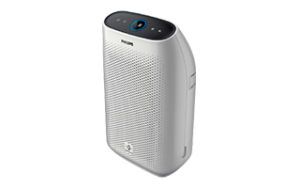



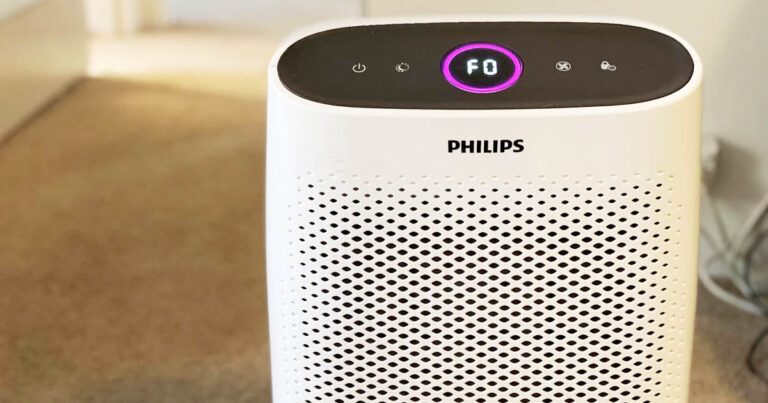
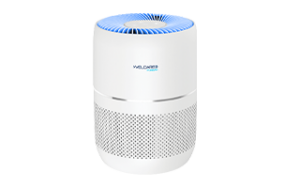

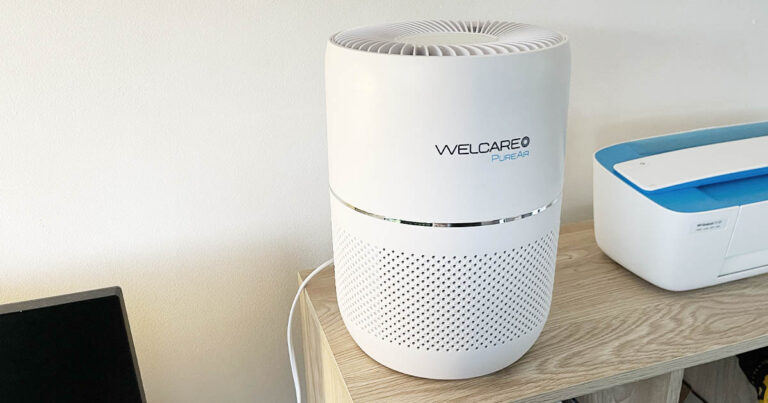
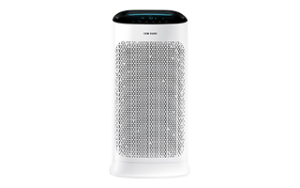

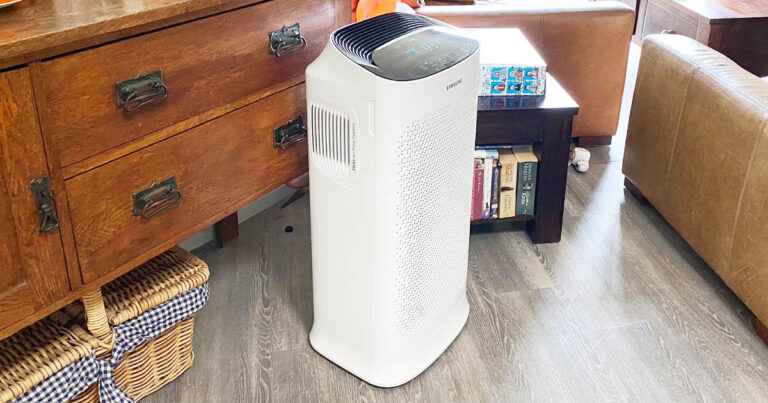
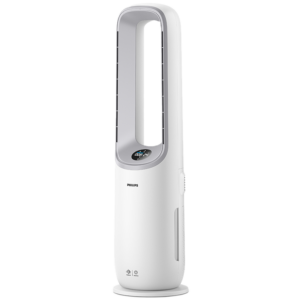

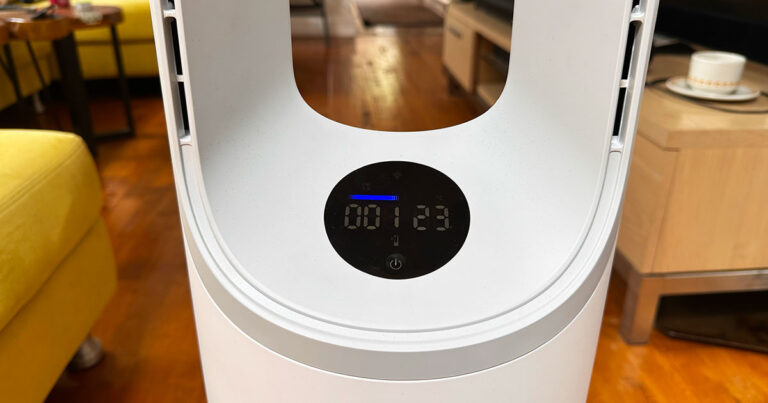
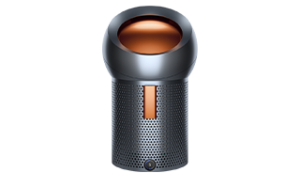

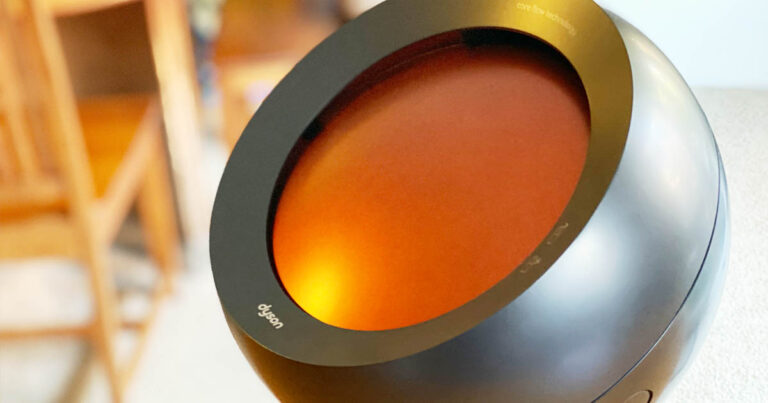
![]()

